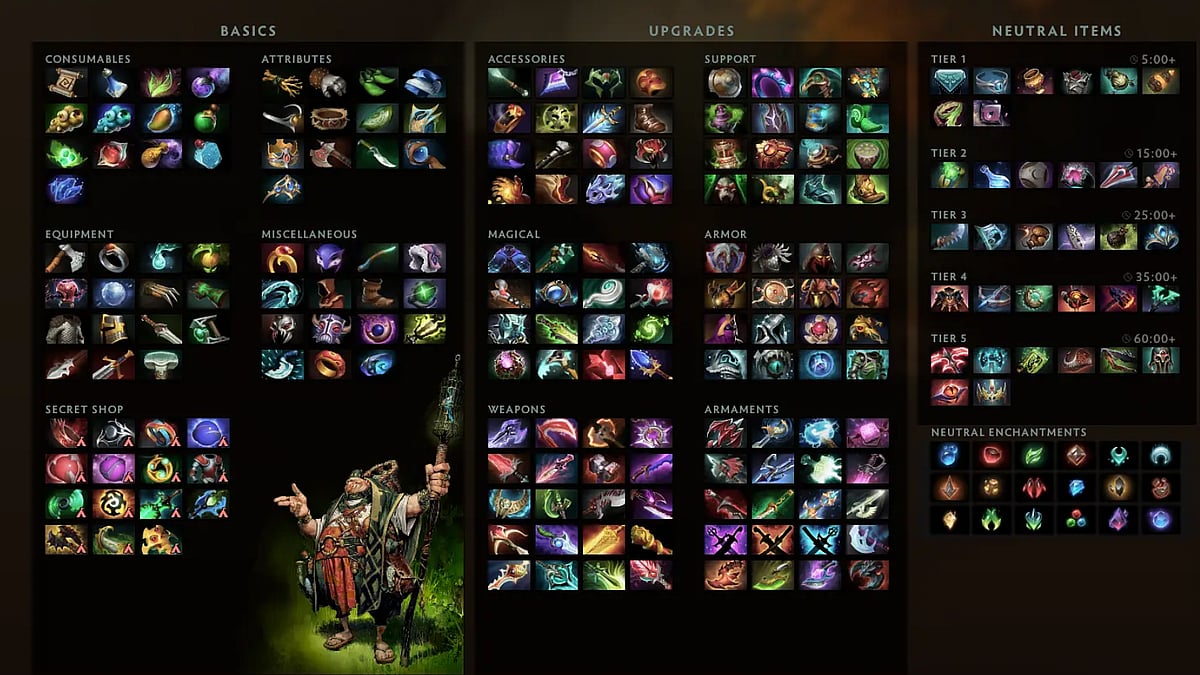Introduction
For core players in Dota 2, choosing the right items is everything in deciding match outcomes. Your item progression not only dictates your power spikes, but also determines how effectively you can pressure the map, take objectives, and survive teamfights. Core heroes, meaning the carry, mid, and off-lane, are expected to scale continuously into games and carry fights for their teammates by dealing huge amounts of damage in fights.
While many players default to popular builds, general guides, or follow what the pros do, blindly following itemization builds is usually not the best idea to learn. In order to improve in Dota 2, you need to be able to understand why certain items work in specific scenarios. This is what separates good core players from great ones. Great core players go a step further by evaluating game states, recognizing threats, taking advantage of opportunities, and constantly adapting to situations thrown at them.
Itemization for cores generally follows a structured itemization formula. The first item is normally the farming item, while the second and third items are the power spike items that come online. The fourth item is the situational/defensive/utility group, where smart adaptation is required based on the presented game states.
Let’s break down the formula below.
Section 1: Farming Items
Your first major item as a core is often designed to help you farm faster and more efficiently. These farming items mostly align with the hero’s abilities and unit type (i.e melee or ranged). Hitting your item timings and reaching power spikes faster than your opponents is everything in Dota 2. The faster you farm, the faster you scale, and that’s critical for any core hero. Farming items typically provide sustain like regen or lifesteal, and they also provide wave-clear, mobility, or a combination of many elements.
Here are some common examples:
Battle Fury
A classic choice for most melee heroes to farm faster. It’s commonly purchased on Agility attribute heroes that can fully utilize the item’s effects with their high attack speed. Battle Fury provides cleave and decent regen for health and mana, allowing you to clear waves and jungle camps faster while being healthy throughout. Some examples of heroes that usually purchase it are Anti-Mage, Troll Warlord, Ursa, and Phantom Assassin.
Maelstrom
Commonly picked up on ranged cores to farm faster through lightning procs and also provides increased attack speed to hit quicker. The magical damage from the lightning bounces helps you push waves and farm camps faster. Maelstrom also gives you earlier teamfighting potential while still accelerating your farm. Example heroes that are best suited for this item are include Nature’s Prophet, Weaver, and Sniper.
Radiance
Only purchased on a handful of heroes as their farming/teamfighting item early on. It works best with tanky Strength cores that want to get into fights and tank damage. The passive burn damage and high attack damage provided by Radiance helps accelerate farm and contribute to early skirmishes around the map. It is very costly to complete as its components are very expensive, so it requires good farming patterns and time optimization to obtain. Common heroes that buy it are Wraith King, Alchemist, Lifestealer, and Necrophos.
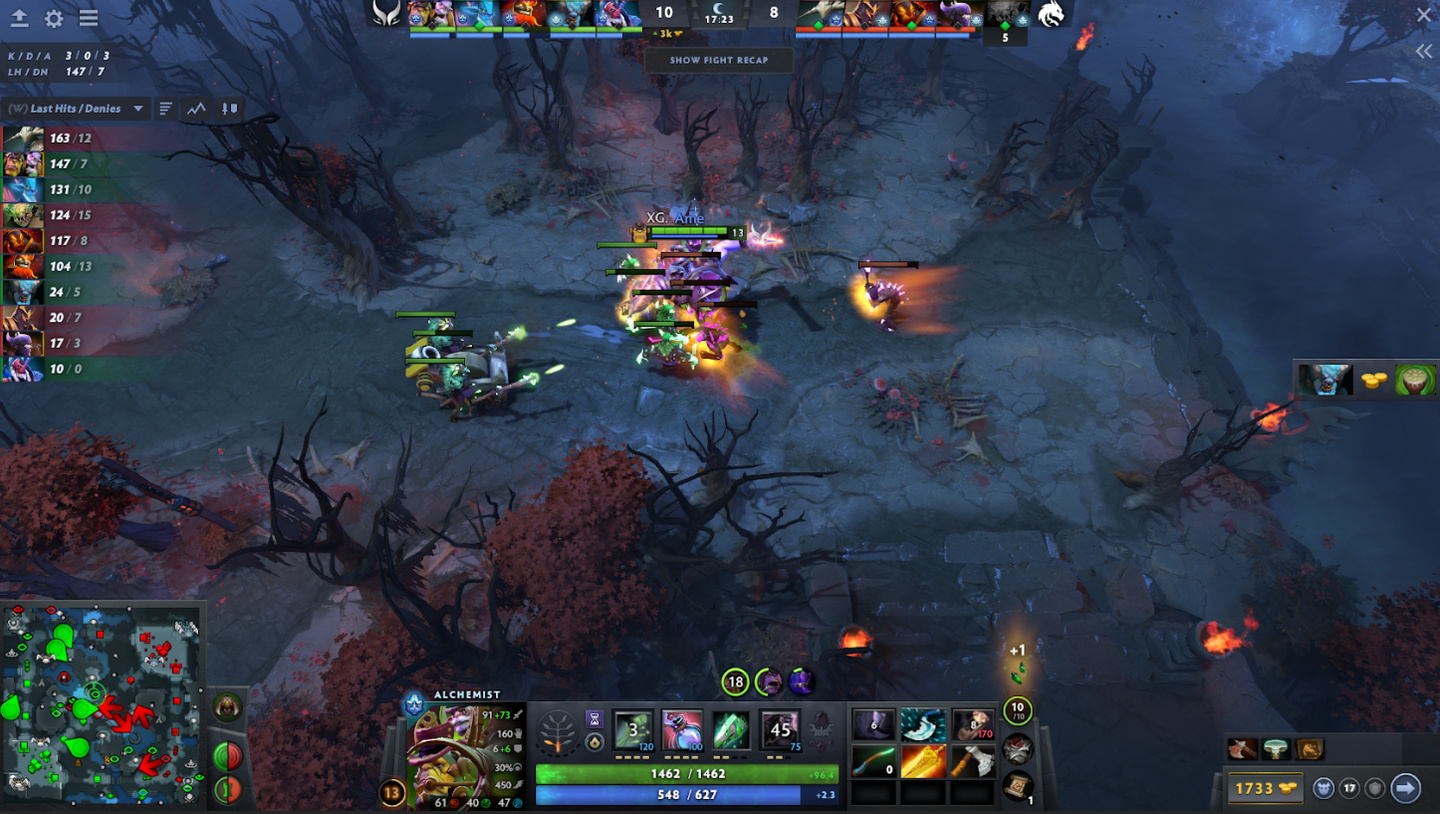
Mask of Madness
Mostly prioritized on heroes that require attack speed to maximize their hero’s farming potential. Its active ability, when toggled, provides one of the highest attack speed buffs early on into the game to flash farm creeps. It also gives movement speed when activated, and provides passive lifesteal for sustain purposes while farming. The best heroes to buy this are Sven, Shadow Fiend, and Faceless Void.
Understanding which farming item to pick and how to best select your farming routes after obtaining it depends entirely on your experience and game knowledge developed over time. Simply buying farming items without fully knowing the farming routes before and after getting the farming items will not be beneficial to your speed of scaling and game progress overtime.
Section 2: Power Spike Items
Once you have your farming item and are in the process of accumulating some more gold, your next items should be focused on creating a huge power spike for your hero. These are moments in the game where you become much stronger with these items, allowing you to apply more pressure on the map and contribute more to your team on the core role. Such items should provide your hero with more survivability, mobility, damage, or serve utility purposes to maximize your hero’s potential in the game. Power spike items are usually the second and third core item choices.
Here are a few examples:
Blink Dagger
A mobility item that helps you set up ganks, initiate fights, reposition yourself, or escape tough situations. Blink Dagger is best purchased on initiators that have abilities to jump into fights and catch heroes off-guard. However, avoid the common mistake of treating Blink Dagger as the only power spike item needed to group and play with your teammates. This will usually backfire on you and cause you to feed much more than you really should. Instead, look at it as an item that helps you get easy kills early on. Great on heroes like Axe, Legion Commander, Puck, and Tiny.
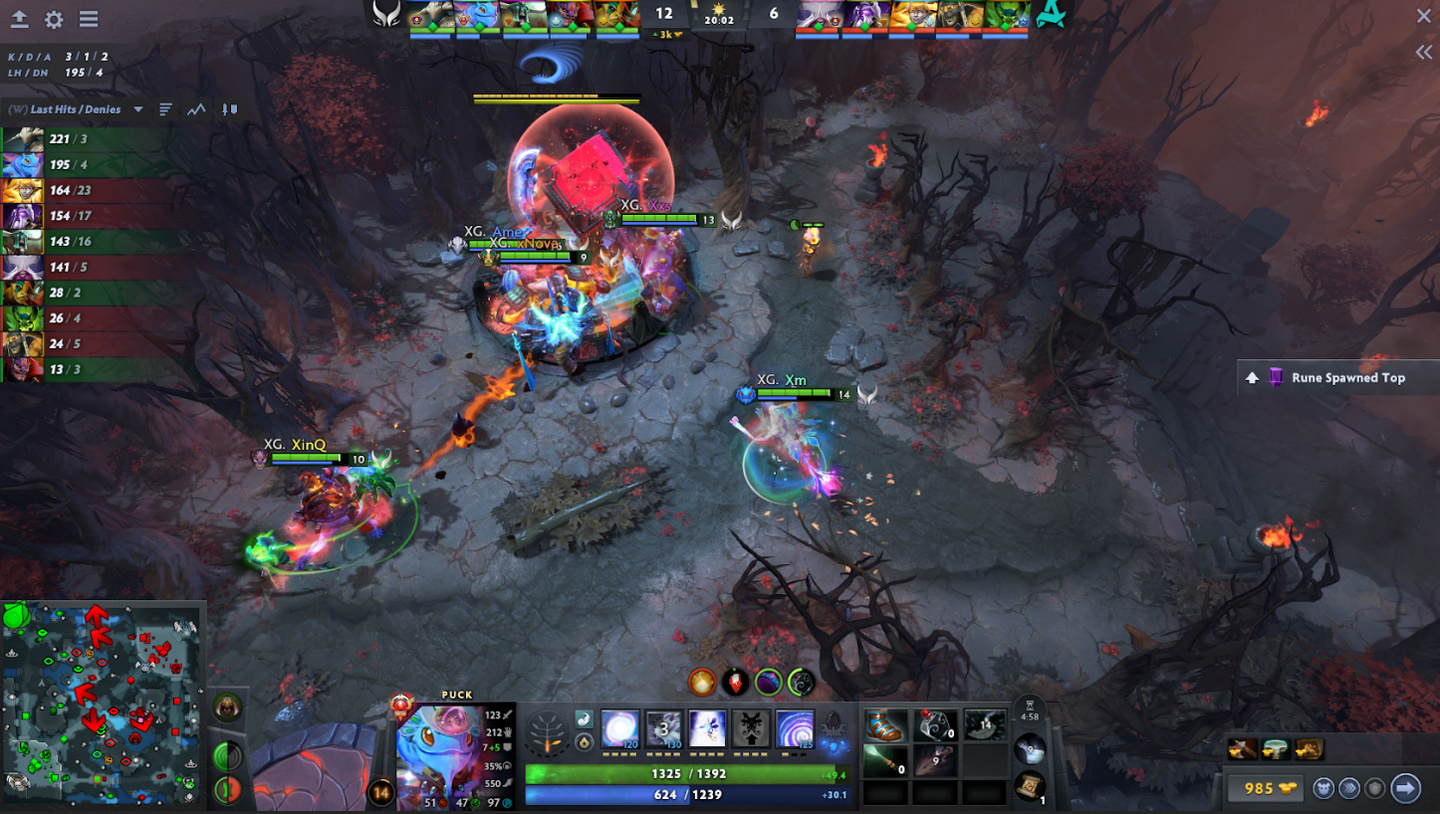
Hurricane Pike
A hybrid item that gives both mobility, attack range, and bonus stats that allows you to disengage or chase after enemies. This is purchased on most ranged Agility heroes to make them tankier and more survivable in tough situations. Its active ability can also be game-changing in certain scenarios, whereby pushing both yourself and your target away from each other helps you kite your opponents without being burst down. Most ideal on heroes that want to hit from far and keep distance all the time like Drow Ranger, Sniper, and Lina.
Black King Bar (BKB)
A necessary item for the majority of heroes in many games. The item’s active ability provides cores with the ability to become magic immune for a certain amount of time, adding to survivability factors in fights and avoiding disables. BKB is treated as a very reliable item if you don’t want to throw advantages away, as long as it’s used in the right manner; without overstaying past its active duration in bad situations. More than 50% of core heroes will buy this early on.
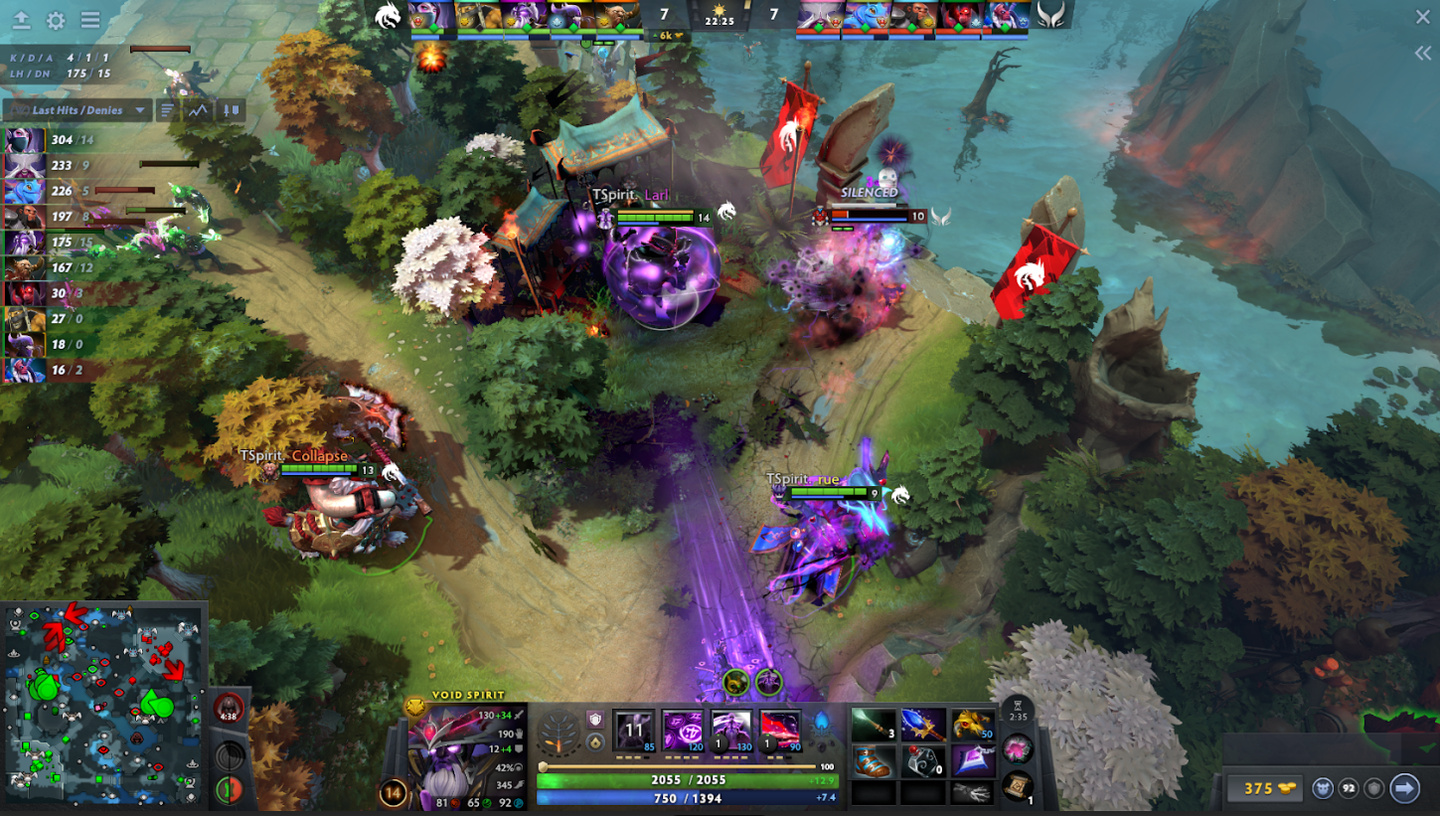
Sange and Yasha (S&Y)
A strong mid-game item for both Strength and Agility cores. It gives passive effects related to survivability, mobility, durability, and damage. Basically, S&Y offers a balanced mix of stats, making it an excellent item choice for heroes that need to stay alive in fights without getting burst to death. It’s best built when you want to push your lead further and be more aggressive around the 15-25 minute mark of the game. This is popular on heroes like Lifestealer, Juggernaut, Alchemist, and Monkey King.
Sange and Kaya (S&K)
A similar item to Sange and Yasha, but mainly targeted towards Intelligence-based cores. This variation provides spell amplification, status resistance, and overall sustain, making it ideal for tanky spellcasters who want to chase after people without getting disabled to death. Paired with BKB, it makes most Intelligence cores extremely hard to kill. It’s frequently seen on heroes like Leshrac, Queen of Pain, and Death Prophet.
Manta Style
The go-to for Agility-based or Illusion-based cores. It provides good attack speed, movement speed, and an active ability that allows the hero to split into illusions while removing most debuffs at the same time. This makes it a great counter to disables such as silences and slows. It also enables aggressive farming, split pushing, and flash farming potential by constantly being able to push out waves without putting yourself in danger. Heroes like Phantom Lancer, Terrorblade, Medusa, and Naga Siren benefit greatly from this item, as it pairs well with their innate abilities like creating illusions and flash farming potential.
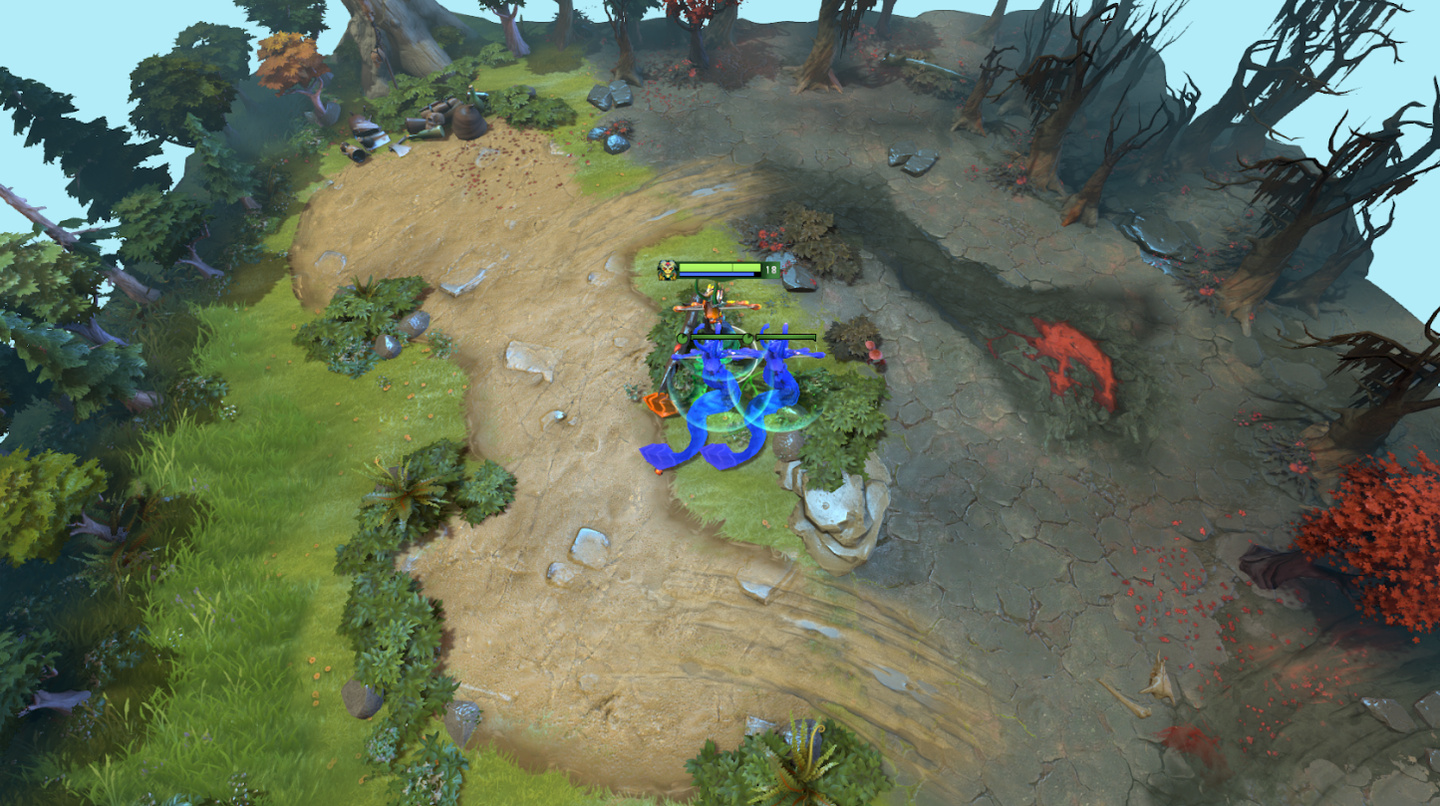
Section 3: Situational & Late Game Items
After completing your farming item and power spike items, you will now move onto the situational and late game items. These are items that either answer specific threats from the enemy team, or give your hero the tools to scale into later stages of the game. The items are often more expensive, and are extremely flexible based on the state of the match, your team’s performance, and the enemy’s lineup.
Here are some commonly picked items:
Scythe of Vyse (Hex)
One of the best utility items in the game, Scythe of Vyse offers a reliable hard disable in the form of a hex, allowing you to instantly disable an enemy for a few seconds. It’s best purchased to counter the enemy’s BKB usage such that they are hexed before they can activate BKB, or against heroes that can escape. The large amount of intelligence and mana regen also helps Intelligence cores to scale into the game. Usual heroes to buy it are Tinker, Storm Spirit, Invoker, and Outworld Destroyer.
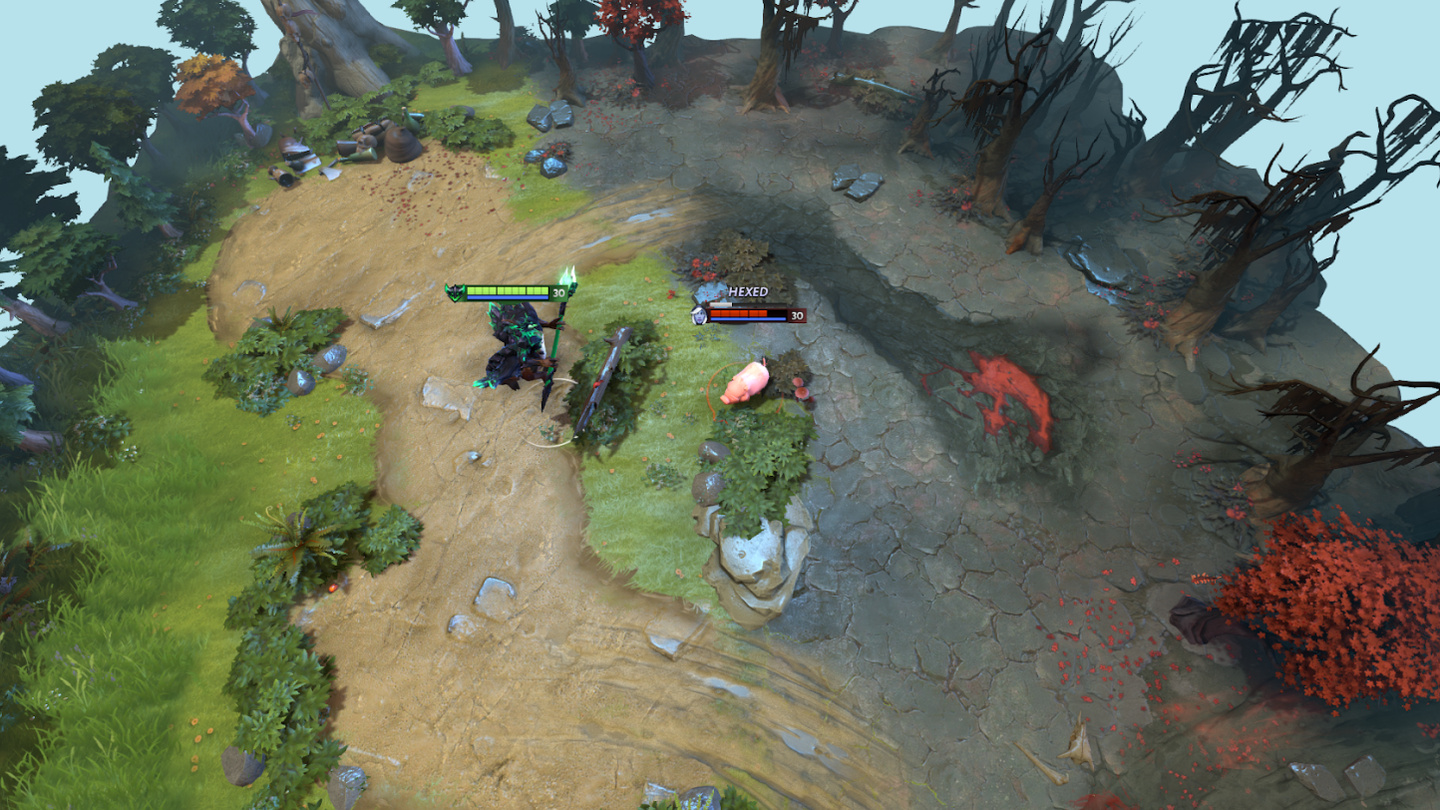
Linken’s Sphere
A defensive item that blocks targeted spells or disables. You should prioritize it against lineups with powerful single-target initiations (e.g. Doom, Legion Commander, or Bane). It also gives decent stats and regen, making it a hybrid item that can help you stay alive in clutch situations while still helping your hero scale overall. Sometimes, you might even need to buy it as your 3rd item instead of BKB first if the enemy heroes are popping off. Linken’s Sphere is commonly seen on heroes like Morphling, Storm Spirit, and Queen of Pain.
Shiva’s Guard
Commonly purchased when the enemy has high physical damage or lifesteal-based cores. Shiva’s Guard offers massive armor, intelligence, and an active ability that slows heroes in an AOE while also reducing healing and regeneration. This makes it a hard counter item against heroes that like to depend on lifesteal or high health regeneration to survive teamfights such as Huskar, Morphling, and Timbersaw. The active ability’s slow also amplifies magic damage received by the enemy heroes that are affected by it, making Shiva’s Guard a good item to be picked up by heroes such as Leshrac, Death Prophet, and Tinker.
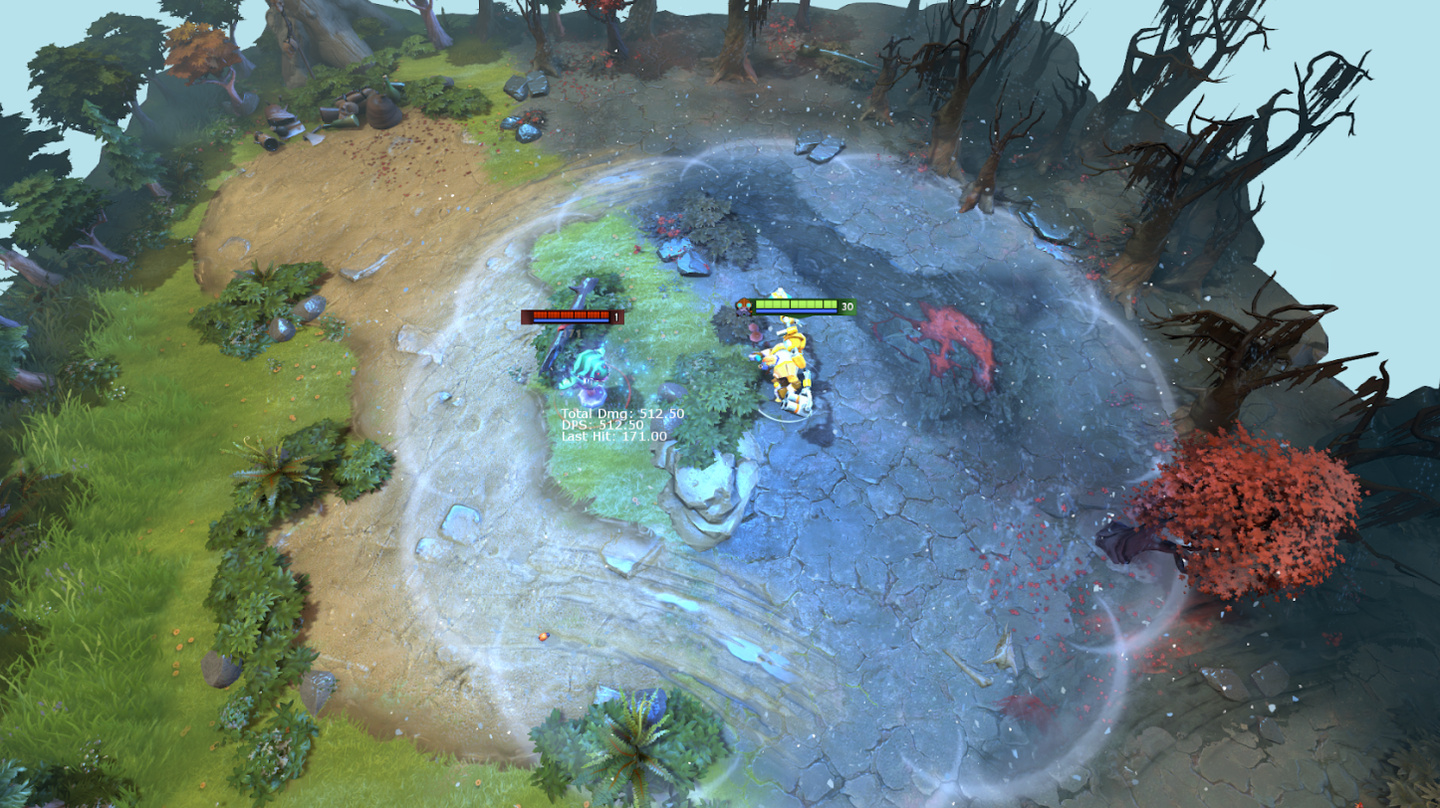
Nullifier
Used to counter heroes that purchase escape items like Ghost Scepter, Eul’s Scepter, and Glimmer Cape. Mostly picked up against slippery supports that want to avoid getting bursted down in fights. Nullifier applies a mute effect that dispels buffs provided by such items, preventing these heroes from escaping with life-saving items. It’s a solid choice for right-clicking cores like Phantom Assassin, Ursa, and Weaver.
Conclusion
As you can see, the itemization formula for cores is generally quite structured. The first 2-3 item selections are pretty much set in stone, but the real challenge comes from the speed of obtaining them and the choices after that. Choosing the right items as a core in Dota 2 requires a good understanding of adjusting to game states based on specific situations thrown at you. One good item choice can often be the deciding factor between a won or lost match, so always be ready to match your item build based on win conditions, team composition, risk assessment, and counters.
If you would like to get coached by me and learn Dota 2 more effectively, feel free to check out my website. Thank you for reading!
News
Berita
News Flash
Blog
Technology
Sports
Sport
Football
Tips
Finance
Berita Terkini
Berita Terbaru
Berita Kekinian
News
Berita Terkini
Olahraga
Pasang Internet Myrepublic
Jasa Import China
Jasa Import Door to Door
Download Film ether to play video games, whether on PCs, consoles, or arcade machines. These centers can offer a range of services, from casual gaming sessions to competitive tournaments.
